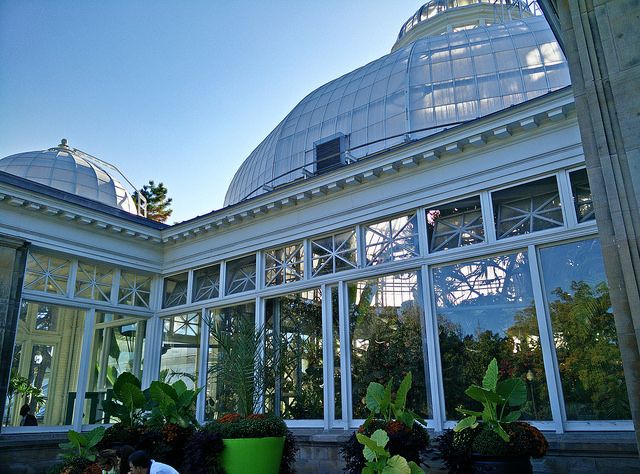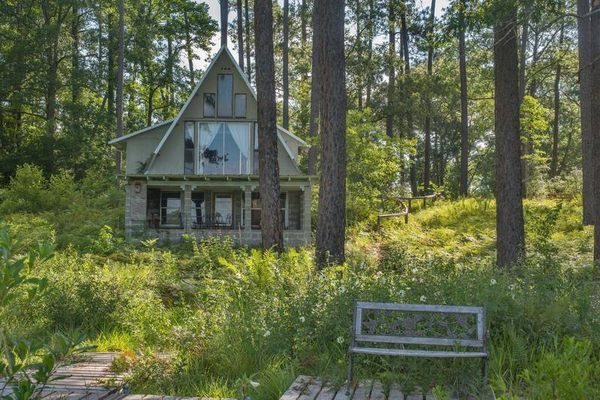About
Even on Toronto’s most bitterly blustery days, it’s balmy inside the Allan Gardens Conservatory. Its greenhouses are home to orchids, bromeliads, cacti, succulents, and—beneath a soaring glass dome—banana trees and palms.
The horticultural center first sprouted in 1858, with a five-acre plot of land donated to the Toronto Horticultural Society by the politician George William Allan. By 1879, the site housed a wood, iron, and glass conservancy, which hosted galas, concerts, and flower shows. Then, a fire licked through in 1902. For several minutes, “the cracking of the flames was relieved by the curious tinkling sounds of thousands of falling panes” fracturing from the ceiling, the Ottawa Journal reported at the time.
Most of the structure’s “carefully treasured trees and shrubs from the tropics,” were “more or less damaged by the heat, and the necessarily rough usage in removing them,” the paper continued. Many of the plants were scorched to a crisp, and the structure itself was reduced to “a heap of ruins.”
A new crop took root when the Palm House dome opened in 1910. Over the years, branching greenhouses have been tacked on to its sides, so the whole structure now spans 16,000 square feet.
The garden has been the site of political activism, too. The National Council of Women of Canada, which agitated for suffrage, immigration, and other policies, was founded on the site in 1893. The grounds have also been the site of protests against poverty and nuclear weapons, and a violent skirmish erupted in 1965, when a handful of suspected Nazi sympathizers were beaten in front of a crowd of thousands. It was also the site of a rally to protest the G20 summit. For several years, it’s been the terminus of Dyke March celebrations.
Visitors who arrive in December or early January might encounter the Conservatory’s holiday flower show. For the past 40 years, this annual festival has nodded to the Victorian era. The gardens' regular cast of greenery is joined by a rotating roster of special players, such as topiary sleighs, reindeer, and parlor scenes, featuring a hearth, a penguin playing a mossy piano, and a flouncy dress made with boughs of fir. When the holiday show closes up, these give way to other seasonal shows, including one to herald spring with hundreds of hydrangeas and Easter lilies.
Related Tags
Published
December 29, 2017
































































